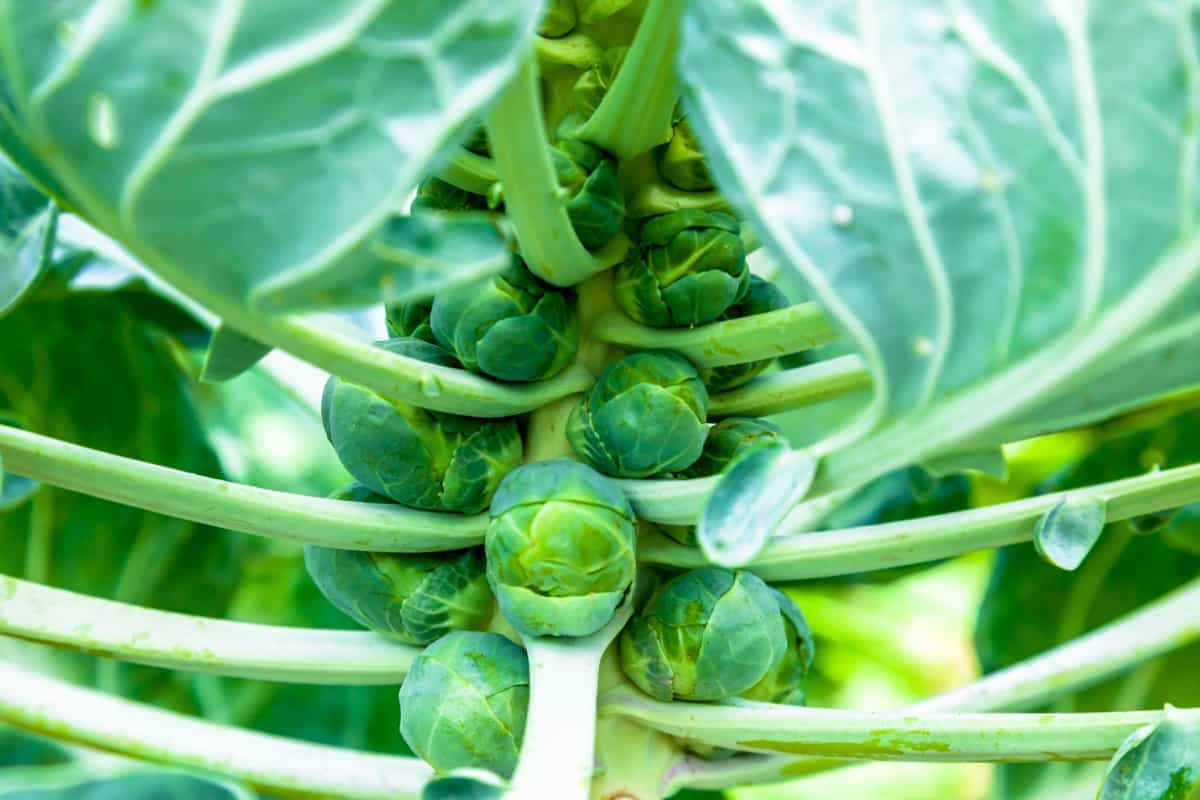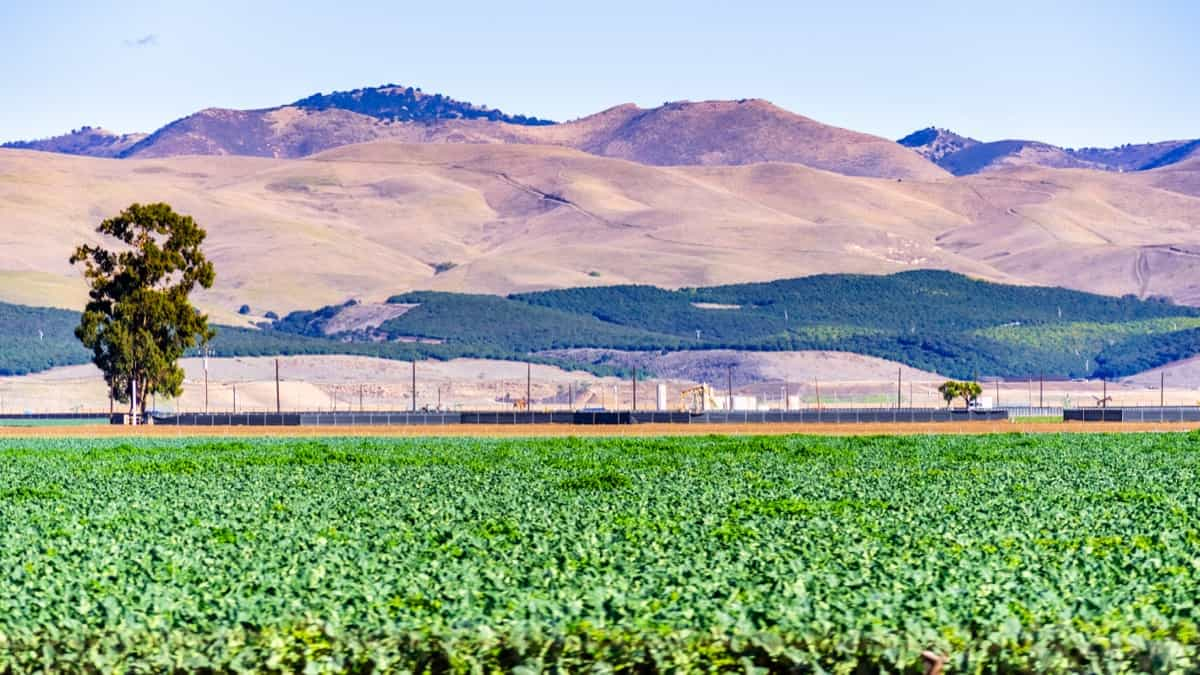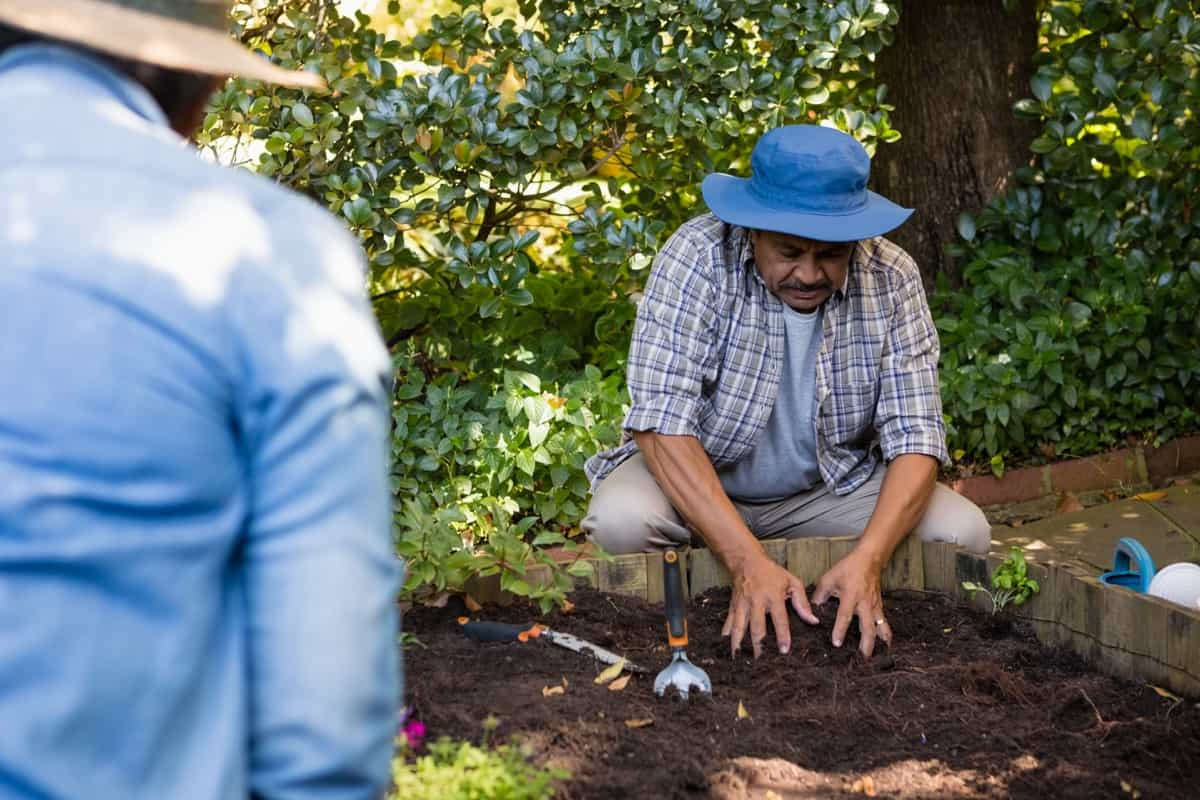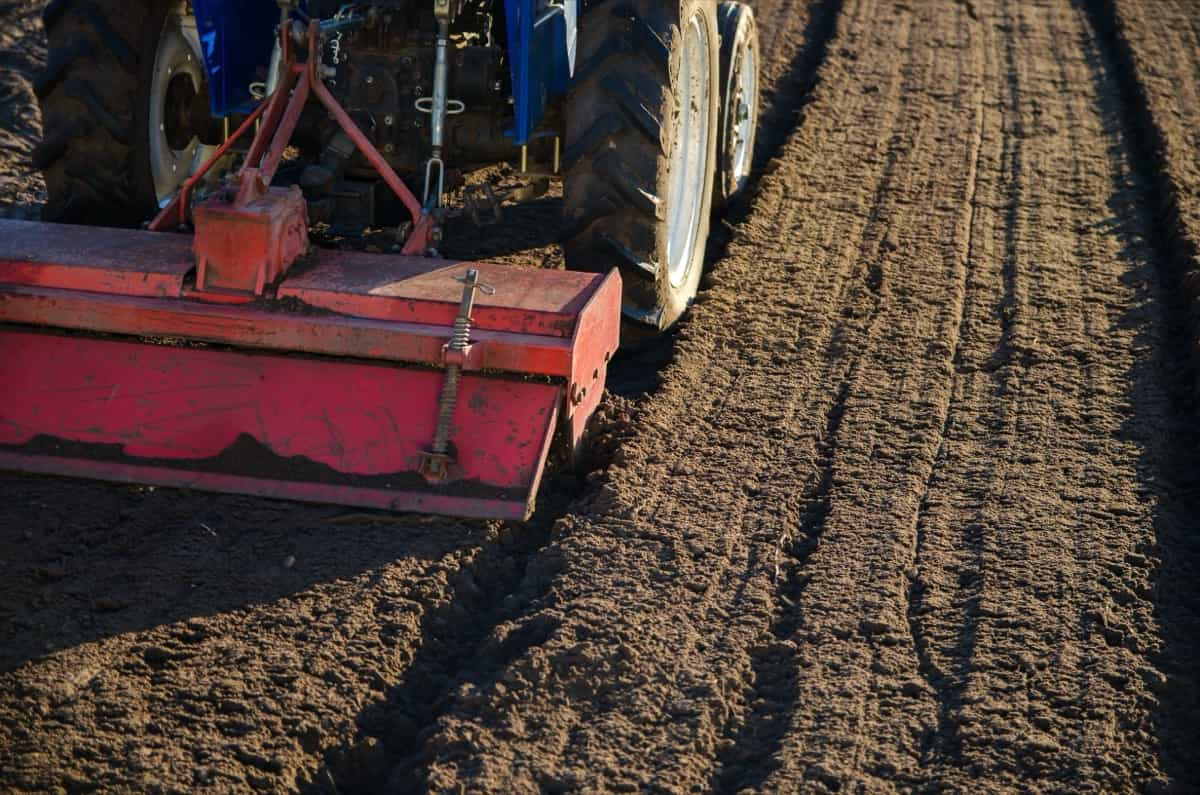Learning how to prepare the soil and plant Brussels Sprouts is essential for a successful harvest. This process involves understanding when to plant Brussels Sprouts, how to grow Brussels Sprouts from seed, and the Brussels Sprouts’ growing stages. Knowing how to grow Brussels Sprouts in pots is invaluable for those with limited space.

A more sustainable approach also involves learning how to grow Brussels Sprouts from scraps. These plants can grow quite tall, so understanding how tall Brussels Sprouts grow is crucial for planning your garden space. By following these steps, you can ensure a healthy and productive Brussels Sprouts crop.
How to Prepare the Soil and Plant Brussels Sprouts
Soil Requirements for Brussels Sprouts
Brussels sprouts thrive in well-draining, fertile soil with a pH between 6.0 and 7.5. The soil should be rich in organic matter to provide the necessary nutrients for growth. It’s important to understand that Brussels Sprouts thrive in cooler weather, making them well-suited for planting in early spring or late summer.
The soil temperature should be around 45°F (7°C) for optimal germination of seeds. Ensuring the soil has the right texture and nutrients is the first step in preparing and planting Brussels Sprouts. It’s also worth noting that they need adequate space to grow, as some varieties can get quite tall. This knowledge is crucial in understanding the soil requirements and ensuring your Brussels Sprouts have the best start.
Test and Amend the Soil for Brussels Sprouts
Before planting, it’s essential to test the soil to ensure it meets the requirements for Brussels Sprouts cultivation. Soil testing kits are available and can give you an accurate reading of pH levels and nutrient content. You can adjust soil pH by adding lime for acidity or sulfur for alkalinity.
In case you missed it: Utilizing Cover Crops in Brussels Sprouts Farming Systems

Compost or well-rotted manure will improve soil fertility and structure, vital for healthy growth. This preparation is key in preparing the soil and planting Brussels sprouts, as it ensures the plants have the right environment to grow. Testing and amending the soil benefits Brussels Sprouts and can also improve your garden’s overall health.
Choose the Right Location for Planting Brussels Sprouts
Choosing the right location for planting Brussels Sprouts is crucial for their growth. They require a spot that receives full sun for at least 6 hours daily. However, in warmer climates, some afternoon shade is beneficial to prevent overheating. The location should also protect the plants from strong winds, as Brussels Sprouts can grow tall and susceptible to being blown over.
When considering how to grow Brussels Sprouts in pots, choose a sunny spot on a patio or balcony that can accommodate the pot size and plant height. If you’re growing Brussels sprouts from scraps or seeds, ensure the location allows for the full Brussels sprouting to harvesting stages.
Prepare the Soil Bed for Brussels Sprouts
Preparing the soil bed is crucial in preparing the soil and planting Brussels sprouts. Begin by cultivating the soil to a depth of approximately 12 to 15 inches to enhance its aeration and drainage. Clear away any rocks, weeds, or debris that could obstruct root development. Apply a layer of compost or thoroughly decomposed manure to enhance the soil’s fertility with essential nutrients. If planting Brussels Sprouts in rows, space the rows about 30 inches apart to provide ample room for growth.
For those learning how to grow Brussels Sprouts from seed, planting the seeds about ½ inch deep and 2 to 3 inches apart in the soil bed is recommended. Thin the seedlings to about 18 to 24 inches apart as they grow. This spacing is crucial for the plants’ development, as overcrowded plants may not develop properly. Proper soil bed preparation sets the foundation for healthy Brussels sprout plants and a bountiful harvest.
Fertilize the Soil for Optimal Brussels Sprout Growth
Fermenting the soil is crucial to ensure your Brussels sprouts receive the nutrients they need. Prior to planting, blend a well-rounded fertilizer into the soil. Opt for a nitrogen-rich fertilizer, as Brussels sprouts require substantial nutrients, particularly during their early growth stage. As the plants continue to develop, consider applying a top dressing of compost or a balanced liquid fertilizer to sustain the nutrient levels.
In case you missed it: Best Practices to Increase Brussels Sprouts Yield: Simple Techniques for High Production

It’s important not to over-fertilize, as this can lead to lush foliage at the expense of sprout development. The timing and balance of fertilization are key in preparing the soil and planting Brussels sprouts, influencing your plants’ overall health and yield.
Select and Start Brussels Sprout Seedlings
Selecting the right seedlings is vital for a successful Brussels Sprouts harvest. When learning to grow Brussels Sprouts from seed, look for high-quality, disease-resistant seeds. Initiate the indoor seed germination process approximately 4 to 6 weeks ahead of the final anticipated frost date. Employ small containers or trays filled with specialized seed starting soil, planting the seeds at a depth of around ½ inch.
Ensure consistent soil moisture and expose the seedlings to adequate sunlight or artificial grow lights. When the seedlings attain a height of approximately 3 to 4 inches and develop a couple of true leaves, they are prepared for transplantation. This process is essential to the Brussels Sprout’s growing stages, setting the stage for healthy, mature plants.
Transplant Brussels Sprout Seedlings Into the Garden
Transplanting Brussels sprout seedlings into the garden is a delicate process. Do this once the seedlings are strong enough and the outside temperature is suitable. Acclimate the young plants by slowly introducing them to outdoor weather conditions over the course of a week. This acclimatization reduces transplant shock. When transplanting, be gentle with the roots and plant them at the same depth they were in the pots.
Plant the crops with a spacing of 18 to 24 inches between each plant, and maintain rows that are 30 inches apart. This spacing is essential for proper air circulation and growth. Water the seedlings thoroughly after transplanting to help establish them in their new environment. Transplanting is a crucial step in growing Brussels sprouts, whether you’re starting from seed or scraps.
Care for Brussels Sprouts Throughout the Growing Season
Caring for Brussels Sprouts throughout the growing season involves regular watering, weeding, and monitoring for pests and diseases. Brussels sprouts need consistent moisture, so water them deeply and regularly, especially during dry spells. Keep an eye out for common pests like aphids and caterpillars, and use organic methods to control them if necessary.
In case you missed it: Pest and Disease Management in Brussels Sprouts: Strategies for Healthy Brussels Sprouts Farming

As the plants grow, staking might be required, especially for taller varieties. Remove any yellow leaves to maintain plant health and ensure good air circulation. This ongoing care is crucial in preparing the soil and planting Brussels sprouts, as it supports the plants through their different growth stages, leading to a healthy harvest.
Conclusion
Successfully growing Brussels Sprouts involves well-planned steps, from soil preparation to ongoing care throughout the growing season. Understanding the soil requirements, selecting the right location, and properly preparing the soil bed lay the foundation for healthy plants. Fertilizing the soil, choosing and starting the right seedlings, and carefully transplanting them into your garden are crucial for optimal growth.
Regular care, including watering, weeding, and pest management, ensures your Brussels Sprouts thrive. By following these steps, gardeners can enjoy a bountiful harvest of nutritious and delicious Brussels sprouts, whether grown in a garden bed or pots. The journey from planting to harvest is rewarding, offering a delightful gardening experience and a tasty, healthy addition to your table.
- Feed Your Flock for Less: Top 10 Tips to Save on Chicken Feed
- Ultimate Guide to Ossabaw Island Hog: Breeding, Raising, Diet, and Care
- Hatching Answers: The Top 10 Reasons Your Chickens Aren’t Laying Eggs
- Eggs and Economics: Breaking Down the Cost of Raising Backyard Chickens
- Defend Your Greens: Proven Methods to Keep Iguanas Out of Your Garden
- Ultimate Guide to Cinnamon Queen Chicken: A Comprehensive Guide for Beginners
- Ultimate Guide to California Tan Chicken: Breeding, Raising, Diet, Egg-Production and Care
- Ultimate Guide to Marsh Daisy Chicken: Breeding, Raising, Diet, and Care
- 10 Types of Chicken Farming Businesses You Can Start for Profits